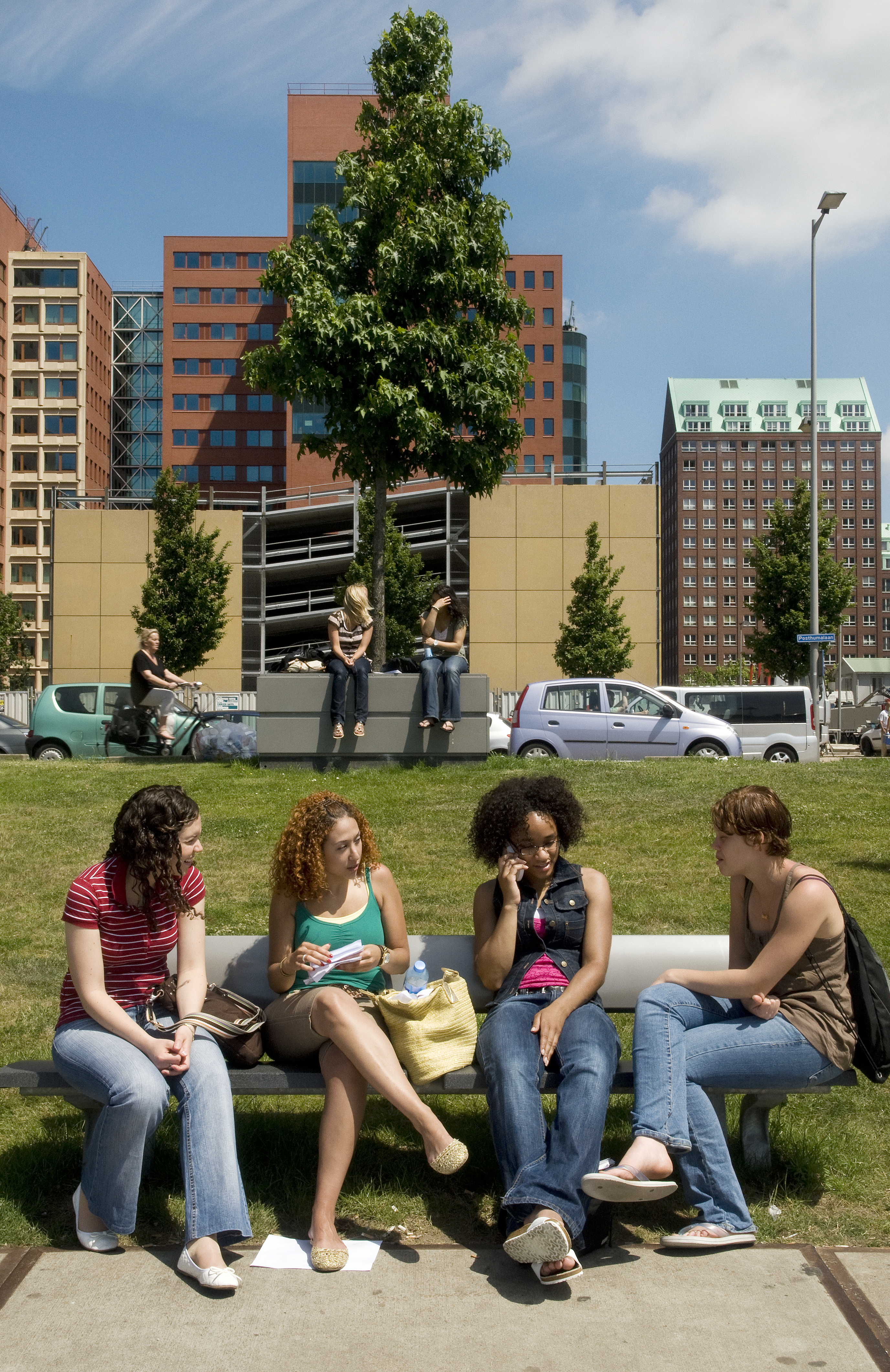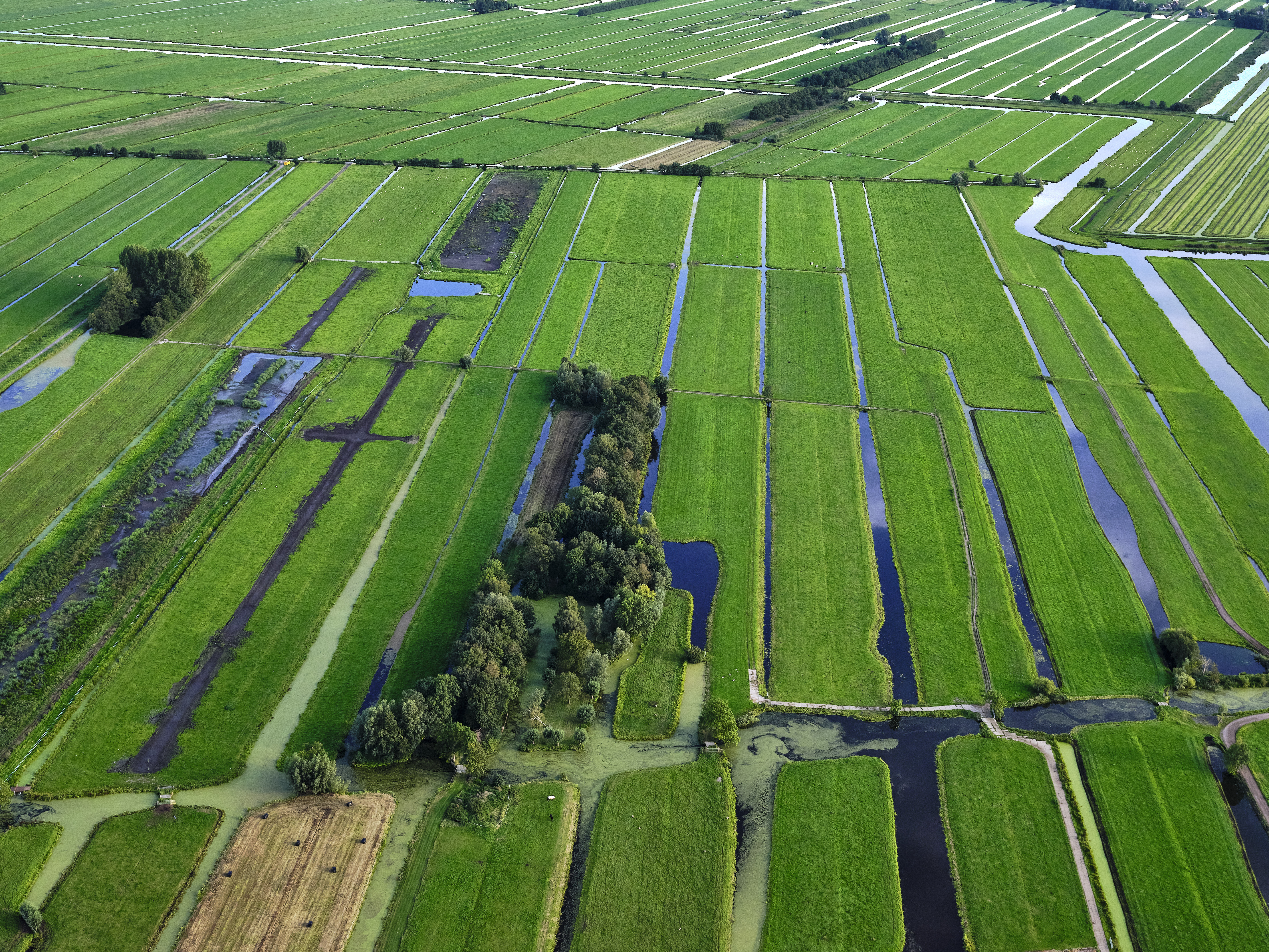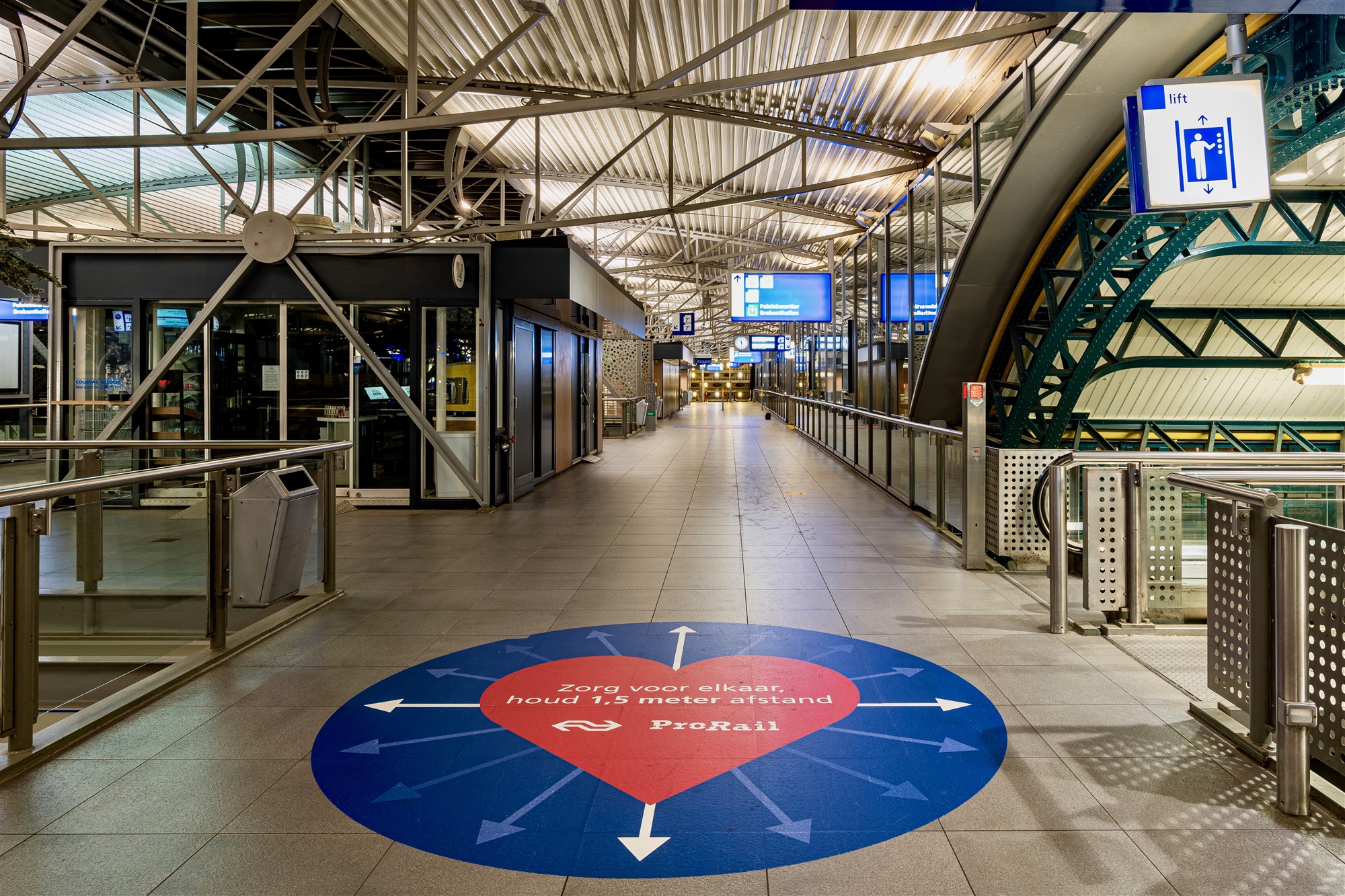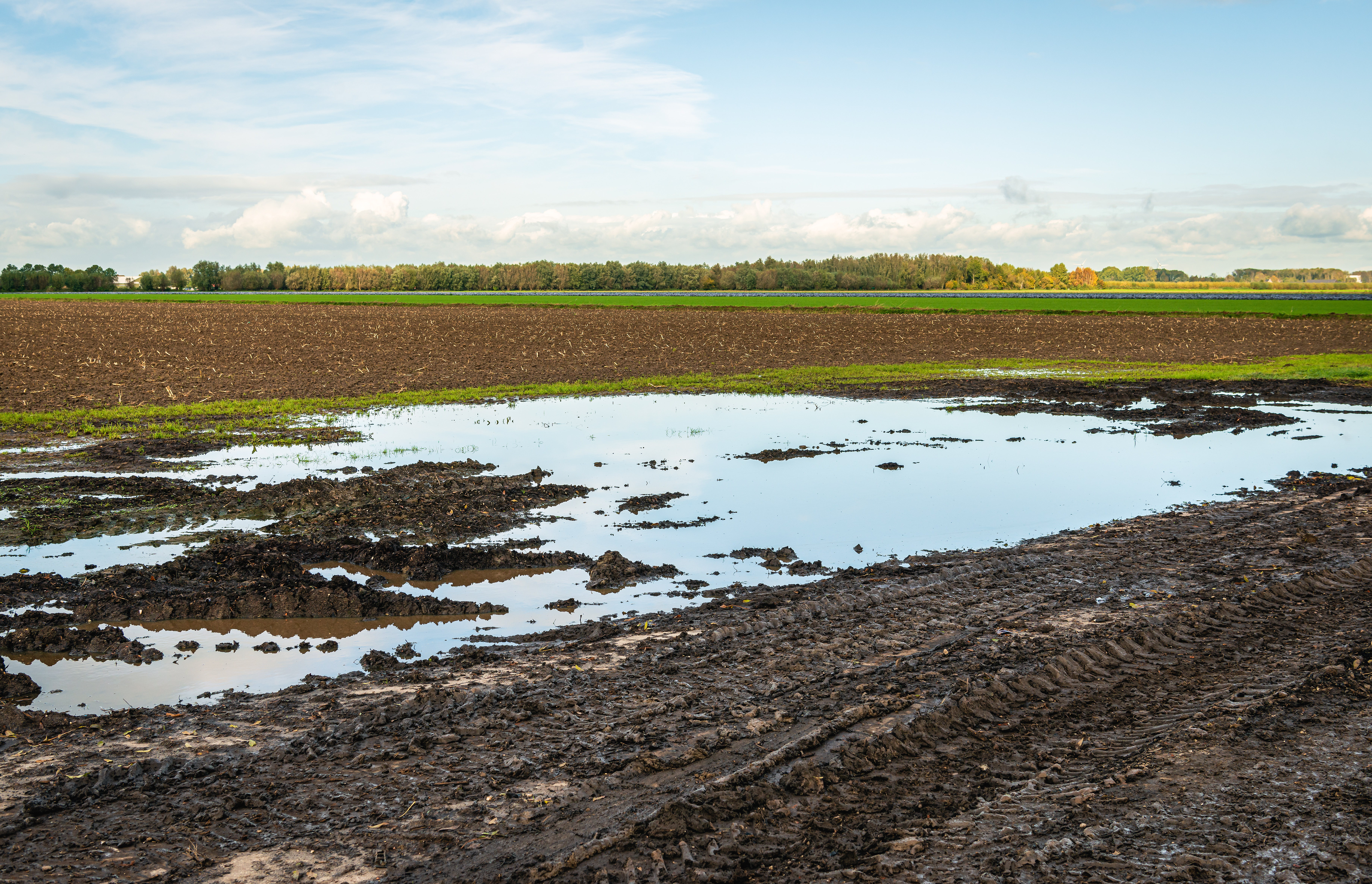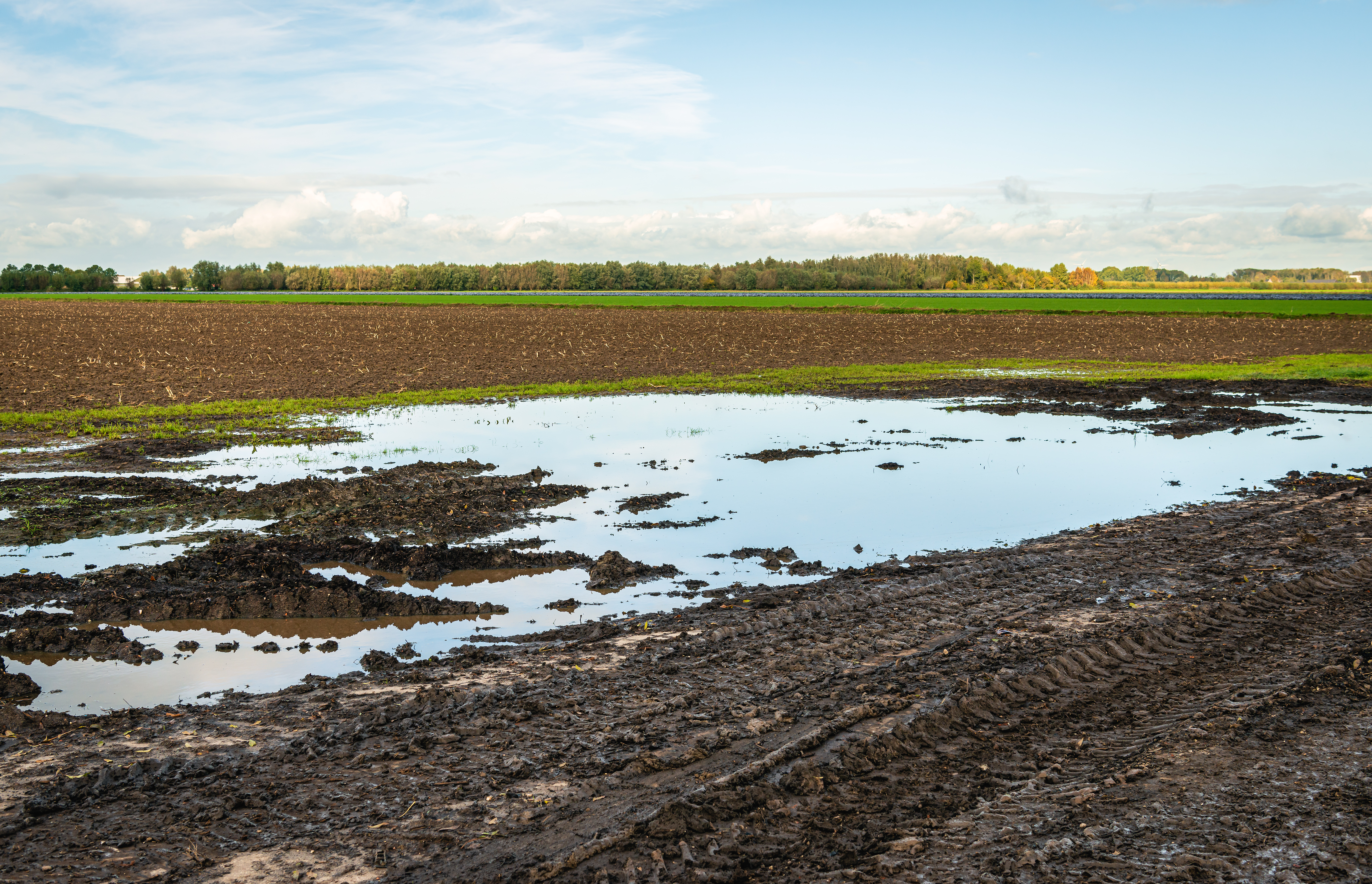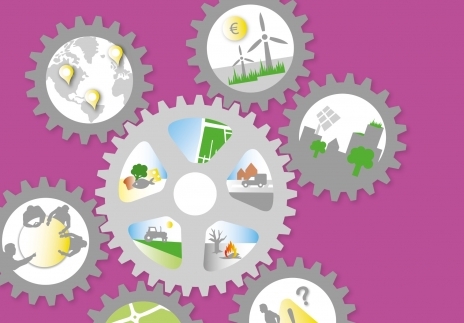Digitally Sustainable
Rli - february 2021Background and request for advice
Behind the living environment that we see and experience lies a digital world of data, platforms and online services. Increasingly, the digital world is defining the ways we live, travel, spend our leisure time, consume, and so many other aspects of our daily lives. The digital transformation of our society has brought a great deal of convenience and prosperity to our lives. Digital technology and data can have positive effects for sustainability, for example by making production processes more efficient and by enabling us to integrate solar and wind power into our existing energy system. But digitalisation does not automatically make our society more sustainable. It is also a driver of increasing consumption, creates growth in resource-intensive industries and increases greenhouse gas emissions.
The question behind this advisory report is: how are digitalisation and sustainability transitions related, and what possible, necessary and effective role can government play to ensure that digitalisation contributes to the necessary transition to a sustainable society?
Explanation
The government is actively pursuing policy to make the living environment more sustainable, and is taking a number of steps in the physical living environment to achieve targets relating to greenhouse gases, the climate and resource consumption. However, the digital side of the living environment has yet to be given sufficient attention. The focus in the government’s digitalisation policy on the economic opportunities digitalisation presents, fair competition and the protection of civil rights is clear; yet the sustainability effects of digitalisation are conspicuously underemphasised. Likewise, in sustainability policy insufficient attention is being given to the indispensable role of digital technology and data in the achievement of the sustainability goals. Focused interventions by the Netherlands and the European Union in the digital world are clearly necessary and justified. The government is responsible for a sustainable living environment, and digitalisation is changing the starting points for achieving it. Digitalisation is creating new opportunities for government intervention.
Digital platforms are a vital element of the digitalisation of society, and this makes them the best point of reference for the measures intended to further the green transformation of the living environment. In the living environment, digital platforms connect supply and demand for a huge variety of goods and services. In the process, they generate, analyse and process large amounts of data on that environment, from the supply and consumption of energy to travel patterns to consumer goods. This puts digital platforms in the position to increasingly dictate the rules in the market for things like mobility, leisure time, energy and raw materials, with all the impact on the living environment that this implies. Accordingly, the Council considers it of essential importance for the public sector to understand this, and set requirements on digital platforms in the interests of sustainability. This is why the Rli also believes that there is a need for a European regulation that will make it possible to set sustainability requirements on these platforms. In addition the Dutch government must investigate the options to, through the platforms, factor the negative environmental impact of products and services into prices.
The Rli makes three primary recommendations for active government intervention:
- The government has to more consistently apply digital technology and data towards its sustainability policy
- In its digitalisation policy, the government must ensure that the digitalisation of society is sustainable.
- Governmental agencies must be better prepared for developments in the digital realm.
Essays
It is clear that the process of digitalisation is proceeding at varying speeds, intensities and phases in different domains within the living environment. Because the green transformation is not a single, unified and coherent process, in preparing for this advice the Rli asked a number of experts in different areas to reflect on the relationship between the digital and green transformations in three separate domains: energy, mobility, and the circular construction economy. What changes is that relationship giving rise to? What does this mean for the achievement of the sustainability goals? Is the government’s current toolkit going to be sufficient to achieve these goals or protect and promote other public interests?
The authors all address current developments in the digital domain and their impact on the living environment and what this means for the green transformation. The essays address topics such as the development of digital platforms, the changing impact and role of the government, and the protection of the public good. Each author bears the responsibility for the content of his or her submission, and the essays do not necessarily reflect the position of the Council.
Read the essay ‘High-value digitalisation for the energy transition’ - Eef Masson, Romy Dekker & Rinie van Est - Rathenau Institute
Read the essay 'Digitalisation and the transition to a sustainable society - Perspective from the mobility domain' - Carlo van de Weijer Eindhoven - AI Systems Institute
Read the essay 'The digital potential in creating a circular construction economy' - Paul W Chan, Catherine De Wolf and Alexander Koutamanis -TU Delft
Publication
This advisory report was presented to the State Secretary for Infrastructure & Public Works, the State Secretary for Internal Affairs & Kingdom Relations and the cabinet members for Economic Affairs and Climate on 9 February 2021.
More information
For more information about the advice, please contact Bart Swanenvleugel, project manager, bart.swanenvleugel@rli.nl, +31 6 5201 2691.


